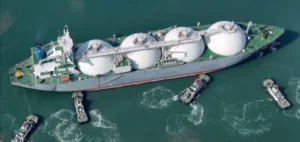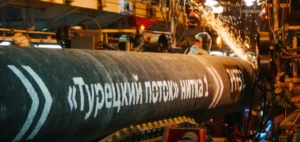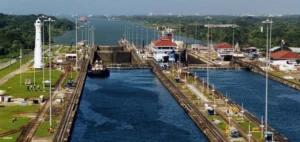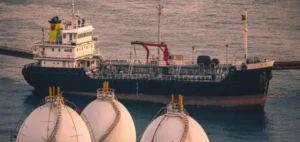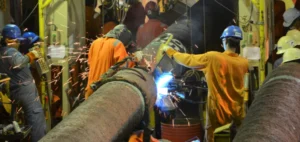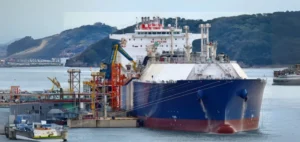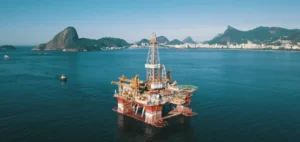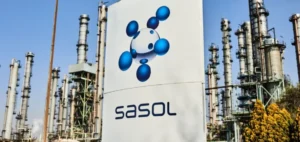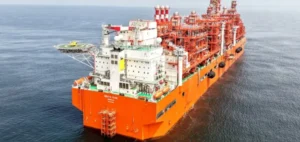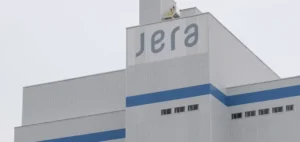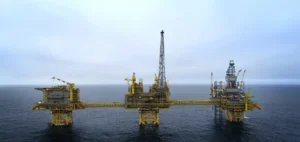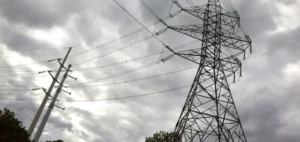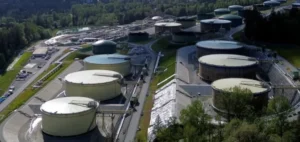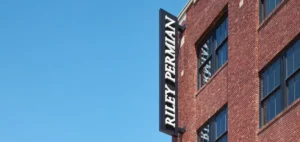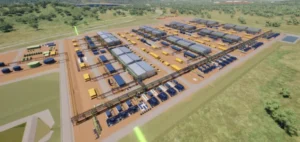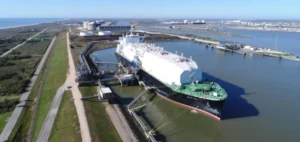Norway’s natural gas exports to Europe and the UK rose significantly in November, reaching their highest level in ten months. According to data from S&P Global Commodity Insights, deliveries totaled 9.85 billion cubic meters, marking an increase of 6% year-on-year and 8% on the previous month. This increase comes at a time when Norwegian production capacity is operating close to full capacity, with no maintenance scheduled before February 2024.
Impact on the European market
Reliable supply from Norway is crucial for Europe and the UK, particularly in winter when seasonal demand increases. High gas prices in Europe also encourage maximum production. As an example, the monthly price on the TTF (Title Transfer Facility) was valued at 39.99 euros/MWh on December 4. Norway, which has become Europe’s main source of supply following the reduction in Russian exports, plays a vital role in the region’s energy stability.
Background and outlook
Despite the increase in exports in November, total pipeline gas exports for the year remain below those of the previous year. Deliveries in the first 11 months of 2023 totaled 94.1 billion cubic meters, down almost 9 billion on the previous year. This drop is partly explained by intensive maintenance during the summer, necessary after postponements due to the pandemic and the 2022 energy crisis.
Increasing natural gas exports from Norway are a key element in the European energy landscape, providing a reliable source of energy in uncertain times. With its growing role as Europe’s main gas supplier, Norway is positioning itself as a strategic player in European energy security.
Tags:
A term that perfectly illustrates this article:
For photographs that could perfectly illustrate this article, here are two suggestions:
Photo of a Large Norwegian Gas Terminal: Illustrating the starting point for Norwegian natural gas exports, this image could show the impressive infrastructure that plays a key role in transporting gas to Europe and the UK.
Gas Export Routes Map: A graphic map showing the routes of gas pipelines from Norway to various European countries, visually highlighting the extent and importance of Norwegian gas exports to Europe.



